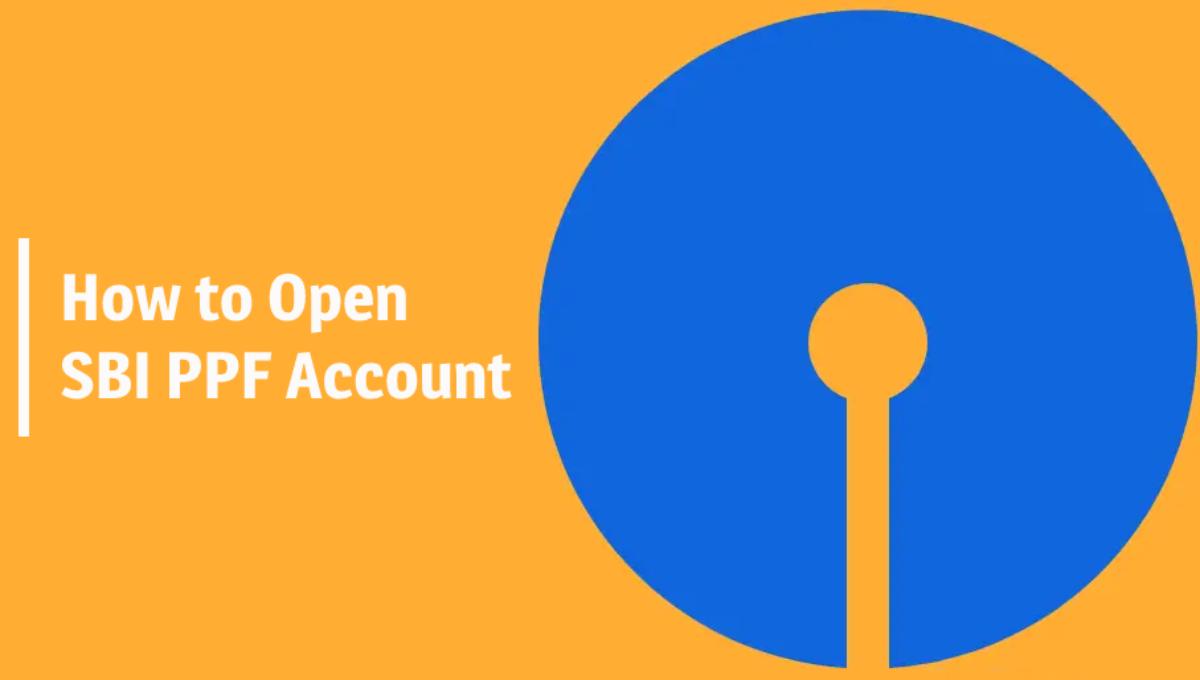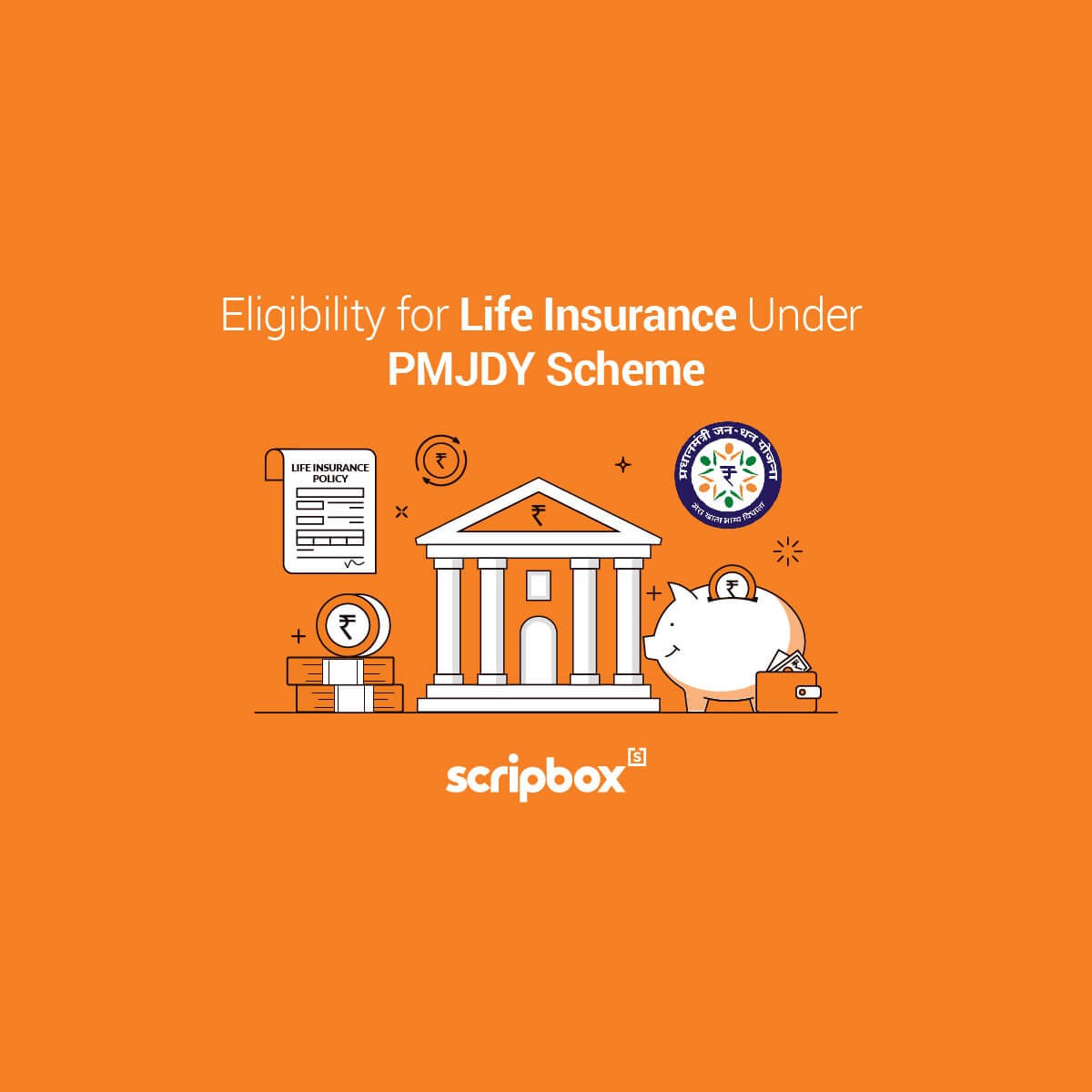What is Samagra Shiksha Scheme?
The Union Budget, 2018-19, has proposed to treat school education holistically without segmentation from pre-nursery to Class 12. As a result, Samagra Shiksha – an encompassing program for the school education sector spanning pre-school to class 12 – has been developed with the overarching goal of enhancing school effectiveness as evaluated by equal access to education and equitable learning results. It incorporates the former Sarva Shiksha Abhiyan (SSA), Rashtriya Madhyamik Shiksha Abhiyan (RMSA), and Teacher Education Schemes (TE).
The ‘school’ in the system is envisioned as a continuum spanning pre-school, primary, upper primary, secondary, and senior secondary levels. According to the Sustainable Development Goal (SDG) for Education, the Scheme’s objective is to provide inclusive and equitable quality education from pre-school through senior secondary school.
Objectives of Samagra Shiksha
The Scheme’s main goals are to provide quality education and improve students’ learning outcomes; to close social and gender gaps in school education; to ensure equity and inclusion at all levels of school education; to ensure minimum standards in schooling provisions; to promote vocationalization of education; to assist states in implementing the Right of Children to Free and Compulsory Education (RTE) Act, 2009; and to strengthen and upgrade SCERTs.
The following are the aims and objectives of Samagra Shiksha:
- Assist states and UTs in implementing the National Education Policy 2020 proposals (NEP 2020).
- Support states in implementing the 2009 RTE Act (Right of Children to Free and Compulsory Education);
- Focus on Early Childhood Care and Education Emphasis on Foundational Literacy and Numeracy Thrust on Holistic, Integrated, Inclusive, and Activity-Based Curriculum and Pedagogy to instill 21st-century abilities in students
- Providing high-quality education and improving students’ learning outcomes;
- School Education: Bridging Social and Gender Gaps;
- At all stages of schooling, ensuring equity and participation;
- State Councils for Educational Research and Training (SCERTs)/State Institutes of Education and District Institutes for Education and Training (DIET) as a nodal agency for teacher training should be strengthened and upgraded.
- Providing a safe, secure, and pleasant learning environment, as well as minimum educational criteria;
- Promoting education that is more vocational
Features of Samagra Shiksha
Holistic approach to education
- Treat school education holistically as a continuum from Pre-school to Class 12
- Inclusion of senior secondary levels and pre-school levels in support for School education for the first time
Administrative reform
- Single and unified administrative structure leading to harmonized implementation
- Flexibility to States to prioritise their interventions under the Scheme
- An integrated administration looking at ‘school’ as a continuum
| Features | Description |
| Holistic approach to education | 1. Treat school education holistically as a continuum from Pre-school to Class 12. 2. Inclusion of senior secondary levels and pre-school levels in support for School education for the first time. |
| Administrative reform | 1. Single and unified administrative structure leading to harmonised implementation. 2. Flexibility to States to prioritise their interventions under the Scheme. 3. An integrated administration looking at ‘school’ as a continuum. |
| Focus on Quality of Education | 1. Enhanced focus on improving quality of education by focus on the two T’s – Teachers and Technology 2. Enhanced Capacity Building of Teachers and School Heads 3. Focus on strengthening Teacher Education Institutions like SCERTs and DIETs to improve the quality of prospective teachers in the system 4. SCERT to be the nodal institution for in-service and pre-service teacher training – will make training dynamic and need-based. 5. Support for Rashtriya Avishkar Abhiyan to promote Science and Maths learning in schools. 6. Support Padhe Bharat Badhe Bharat Programme to develop foundational skills at primary level. 7. Provision of library grants for every school ranging from Rs. 5000 to Rs. 20000. |
| Focus on Digital Education | 1. Support ‘Operation Digital Board’ in all secondary schools over a period of 5 years, which will revolutionise education- easy to understand, technology based learning classrooms will become flipped classrooms. 2. Enhanced use of digital technology in education through smart classrooms, digital boards and DTH channels 3. Digital initiatives like UDISE+, Shagun, to be strengthened 4. Strengthening of ICT infrastructure in schools from upper primary to higher secondary level. |
| Strengthening of Schools | 1. Enhanced Transport facility to children across all classes from I to VIII for universal access to school 2. Composite school grant increased from Rs. 14,500-50,000 to Rs. 25,000- 1 Lakh and to be allocated on the basis of school enrolment. 3. Specific provision for Swachhta activities – support ‘Swachh Vidyalaya’ 4. Improve the Quality of Infrastructure in Government Schools |
| Focus on Girl Education | 1. Upgradation of Kasturba Gandhi Balika Vidyalayas (KGBVs) from Class 6-8 to Class 6-12. 2. Self-defence training for girls from upper primary to senior secondary stage 3. Enhanced Commitment to ‘Beti Bachao Beti Padhao’ |
| Focus on Inclusion | 1. Allocation for uniforms under RTE Act enhanced from Rs. 400 to Rs. 600 per child per annum. 2. Allocation for textbooks under the RTE Act, enhanced from Rs. 150/250 to Rs. 250/400 per child per annum. Energized textbooks to be introduced. 3. Allocation for Children with Special Needs (CwSN) increased from Rs. 3000 to Rs. 3500 per child per annum. Stipend of Rs. 200 per month for Girls with Special Needs from Classes 1 to 12. |
| Focus on Skill Development | 1. Exposure to Vocational Skills at Upper Primary Level would be extended. 2. Vocational education for Class 9-12 as integrated with the curriculum and to be made more practical and industry oriented. 3. Reinforce emphasis on ‘Kaushal Vikas’ |
| Focus on Sports and Physical Education | 1. Sports Education to be an integral part of curriculum 2. Every school will receive sports equipments at the cost of Rs. 5000 for Primary Schools, Rs. 10,000 for upper primary schools and up to Rs. 25,000 for secondary and senior secondary schools to inculcate and emphasize relevance of sports. |
| Focus on Regional Balance | 1. Promote Balanced Educational Development 2. Preference to Educationally Backward Blocks (EBBs), LWE affected districts, Special Focus Districts (SFDs), Border areas and the 117 aspirational districts identified by Niti Aayog |
Implementation Framework of Samagra Shiksha
- The Department will execute the Scheme as a Centrally Sponsored Scheme at the State/UT level through a single State Implementation Society (SIS).
- A Governing Council led by the Minister of Human Resource Development and a Project Approval Board (PAB) led by the Secretary of the Department of School Education and Literacy would be in place at the national level.
- The Governing Council will have the authority to change financial and programmatic standards as well as establish precise recommendations for execution within the scheme’s general framework. Innovations and interventions to improve the quality of school education will be part of these changes.
- By combining the TSGs of the SSA, RMSA, and TE Schemes, the Department will be helped by a Technical Support Group (TSG) at Educational Consultants of India Limited (EdCIL) to provide technical support in functional areas relevant to access, equity, and quality education. States are asked to present a unified plan for the entire school education sector.
- The money distribution structure for the scheme between the Centre and States is now 90:10 for the eight North-Eastern States, namely Arunachal Pradesh, Assam, Manipur, Meghalaya, Mizoram, Nagaland, Sikkim, and Tripura, and 60:40 for the other States and Union Territories with Legislature.
- It is entirely funded by the federal government for Union Territories without a legislature. This is in agreement with the Sub-Group of Chief Ministers on the Rationalization of Centrally Sponsored Schemes’ recommendations, which were received in October of 2015.
- The Scheme’s main focus is on enhancing school education quality by focusing on the two T’s – teachers and technology.
- All interventions under the Scheme would be designed to improve Learning Outcomes at all levels of education.
- Within the scheme’s norms and the total resource envelope accessible to them, the scheme seeks to provide States and UTs flexibility in planning and prioritizing their actions.
- Students’ enrolment, committed obligations, learning outcomes, and various performance metrics are recommended as objective criteria for allocating funds.
- The Scheme will contribute in improving transition rates between levels of schooling and encouraging universal access to a complete education for all students.
- Through interventions such as a single training calendar, innovations in pedagogy, mentoring and monitoring, and so on, the integration of Teacher Education will promote successful convergence and links across diverse support systems in school education.
- The SCERT will be able to become the nodal agency for the conduct and monitoring of all in-service training programs under one single scheme, allowing it to be more need-focused and dynamic.
- It would also make it possible to gain the benefits of technology while expanding access to high-quality education across all states and UTs, as well as across all socioeconomic groups.
Interventions
The major interventions, across all levels of school education, proposed under the scheme are the following:
Universal Access
- New primary schools, as well as the upgrading of primary schools to upper primary schools, upper primary schools to secondary schools, and secondary schools to higher secondary schools, would all be sanctioned. This would also involve the approval of new composite schools, ranging from Grades I to XII, as well as the construction of buildings for schools without structures.
- Residential Schools and Hostels for students in grades I through XII in inaccessible places.
- Existing residential schools and facilities for classes IXII should be strengthened.
- Those in Classes I-VIII, as well as children with special needs, have access to transportation and escort services (CWSN).
- Schools from grades I to XII will be strengthened and repaired, with major and minor repairs.
- Residential quarters for teachers in remote and challenging places, particularly for female teachers.
- Assistance to Out-of-school children
Gender and Equity
- Existing Kasturba Gandhi Balika Vidyalayas (KGBVs) at the upper primary level and Girls Hostels at the secondary level would be expanded to provide residential and schooling facilities for girls up to Class XII, ensuring that every educationally backward block has at least one residential school for girls up to Class XII.
- Girls’ physical/self-defense training.
- Other initiatives at all levels in grades I-XII include an Environment Building Program, an Inspiration/ Motivation Camp for SC/ST children, enrolment/retention campaigns, and so on.
Inclusive Education
- Children with Special Needs (CWSN) are supported in schools at all levels, from Kindergarten to XII.
- Supporting CWSN who are unable to attend school at home through home-based education. This will be for students in grades I through XII.
Quality
- Conduct national or state-level student assessments.
- Studies on the elements that influence access, equity, and quality.
- Maintenance grants, school grants, and library grants are examples of composite school grants.
- Proposals for quality improvement based on projects
- Guidance and counseling services, as well as aptitude tests, are available.
- To attain Learning Outcomes, Learning Enhancement Programs/remedial teaching programs are used.
- Out-of-School Children’s Bridge Courses
- Rashtriya Avishkar Abhiyan, for example, provides support for science, technology, engineering, and mathematics (STEM) education.
- Early reading efforts such as Padhe Bharat Badhe Bharat receive support.
Financial support for Teacher Salary
- Support for teachers in upgraded schools.
- Support of special teachers in schools/clusters of schools.
Innovation
- Innovation for promoting access, equity, quality and gender equality.
Digital initiatives
- Approval of new ICT initiatives in schools, including hardware and software assistance.
- E-content and digital resources creation
- Shala Kosh, Diksha, and other central programs to promote the use of digital technology
- Digital learning material creation, new pedagogy, and capacity building, for example.
RTE Entitlements
- Free Uniforms.
- Free Textbooks.
- Under Section 12(1)(c) of the RTE Act, 2009, reimbursement for expenses incurred for 25% of admissions.
- Specialized training is required for out-of-school children to be admitted at the proper age.
- Mobilization of the Community- Section 21 of the RTE Act of 2009 establishes a School Management Committee (SMC) in each school and envisions the community playing a proactive role in successful school monitoring. A single SMC in a composite school has been recommended to states and UTs. This intervention will help SDMC, SMC, and PRI members get the training they need to carry out the roles and obligations outlined in the RTE Act of 2009.
- Mobilization of the Community- In addition, efforts aimed at raising knowledge of the RTE Act of 2009, strengthening the community’s involvement, and monitoring schools at all levels would be promoted.
Pre-primary Education
- Support to states for pre-primary training, Anganwadi co-location in primary schools, and curriculum development in collaboration with the Ministry/Department of Women and Child Development.
- States should be aided in their attempts to establish pre-primary schools.
Vocational Education
- Vocational education is an important aspect of general education at the secondary and post-secondary levels in order to improve youth employability.
- At the secondary level, vocational subjects such as tools, equipment, and labour costs should be introduced.
- At the upper primary level, students are exposed to occupational skills.
Sports and Physical Education
- Increased convergence with the Department of Sports.
- Provision of sports and physical education facilities in all schools.
National Component (1% of total budget)
- Support for national level programs linked to education quality, assessments, data management, and digital education, such as NIEPA, NCERT, NCPCR, NIC, and others.
- Technical Support Group for Monitoring the National Institute of Teacher Education’s Establishment Scheme
Infrastructure Development
- Construction of schools, additional classrooms, strengthening of BRCs and CRCs, toilets and drinking water facilities, Science and Math labs, major repairs to school buildings, etc.
Strengthening of Teacher Education and Training
- State Councils of Educational Research and Training (SCERTs); District Institutes of Education and Training (DIETs); Block Institutes of Teacher Education (BITEs); Colleges of Teacher Education (CTEs); and Institutes of Advanced Studies in Education (IASEs) (IASEs)
- Salary Support for Teacher Educators and Academic Faculty in TEIs.
- Under the auspices of SCERTs and DIETs, teacher training and professional development, including in-service, pre-service, induction, and refresher training, will be given.
- Principals/Head Teachers Leadership Training
- Infrastructure Development Support
- Teacher Education Institutions’ Programs and Activities (TEIs)
- Special Cells Establishment
- Incorporation of new DIETs in new districts The National Institute for Teacher Education is being established.
- Formation of a National Teachers’ Platform (DIKSHA)
- Technical assistance to TEIs
Initiatives under Samagra Shiksha
Support at Pre-School level (Early Childhood Care and Education)
Samagra Shiksha envisions the school as a continuity from Pre-School to Senior Secondary School, often known as K-12. In India, pre-school programs are referred to as Anganwadis, Balwadis, nursery schools, pre-schools, preparatory courses, kindergartens, lower kindergarten (LKG), upper kindergarten (UKG), play centers, crèches, and balvatikas, among other terms. Government anganwadi centres, pre-schools affiliated to government schools, private sector schools, and civil society organizations all offer pre-school programs. The National ECCE Policy, which lays out the vision for children under the age of six years, was adopted by the Indian government in 2013.
Padhe Bharat Badhe Bharat
Padhe Bharat Badhe Bharat is being implemented under the aegis of the Sarva Shiksha Abhiyan in 2014 to ensure quality at the foundational years of schooling i.e., classes I & II.
Library grant for promoting reading habits
In line with the initiatives under Padhe Bharat Badhe Bharat, an annual library grant has been distributed in all Government schools to instill reading habits among children of all ages and enhance school libraries. By providing resources and situations that support intellectual, emotional, and social development, the library assists the student in making a successful transition from childhood to maturity.
Reading is the most important way to gain knowledge. It provides access to historical and contemporary facts, aspirations, and events. Reading helps to shape one’s personality and broadens one’s horizons. Reading has become one of the most significant components in success since intellectual development is only possible through the formation of a regular reading habit.
Sports and Physical Education
Both children and educational systems gain greatly from sports in schools. The advantages can be expressed in terms of a child’s growth across a variety of dimensions, including physical, lifestyle, emotional, social, and cognitive development. Sports have the ability to make significant contributions to the development of fundamental movement abilities and physical competences in children, which are crucial prerequisites for later participation in lifestyle and sporting physical activities. They can also help with the development of social skills and social behaviors, as well as self-esteem and pro-school attitudes, and, in some cases, academic and cognitive growth.
From pre-school to higher education, Samagra Shiksha tries to provide an integrated/composite school system. This will make it easier for youngsters to move between different levels of schooling and will help them complete their education. The Scheme’s vision is to provide inclusive and equitable quality education from pre-school through senior secondary school, in line with the Education Sustainable Development Goal (SDG).
For the first time, an annual stipend for sporting equipment has been made available under the Samagra Shiksha. Every government school would get a sports grant of Rs. 5000 for basic schools, Rs. 10,000 for upper primary schools, and up to Rs. 25,000 for secondary and senior secondary schools to cover the cost of purchasing sports equipment for both indoor and outdoor games.
Experiential Learning (Rangotsav)
Various activities for both students and teachers are organized to promote experiential learning and joyful learning. Kala Utsav, Role Play Competition, Band Competition, Music Teacher Competition, and Folk Dance Competition are some of the primary activities being held.
Rangotsav is a national effort aimed at raising cultural awareness among the country’s young learners. The program included a variety of cultural activities/events, and schools from all across the country took part in it while eagerly planning it so that every child could experience the colorful beauty of diverse cultures.
Inclusive Education for Children with Special Needs
Samagra Shiksha focuses on enhancing educational quality for all pupils, including those at CWSN. As a result, this intervention is an important part of Samagra Shiksha. Identification and assessment of CWSN. The component provides:
- support for various student oriented activities which include identification and assessment of CWSN
- provision of aids, appliances, corrective surgeries,
- Braille books, large print books and uniforms,
- therapeutic services,
- development of teaching-learning material (TLM),
- assistive devices & equipments,
- environment building and orientation programme to create positive attitude and awareness about nature and needs of CWSN,
- purchase/development of instructional materials,
- in-service training of special educators and general teachers on curriculum adaptation,
- stipend for girls with special needs etc.
Kasturba Gandhi Balika Vidyalaya (KGBV)
The Scheme now provides access to and quality education to girls aged 10 to 18 years who wish to study in Classes VI to XII and who belong to SC, ST, OBC, Minority communities, and BPL families, in order to ensure a smooth transition of girls from elementary to secondary school and up to class XII where possible. In every educationally backward block, KGBV operates at least one residential school for girls from Classes VI through XII (EBBs).
Constitution of Youth Club and Eco Club
Samagra Shiksha believes that education should be provided in schools in such a way that students can develop their skills to their maximum potential. Children and young people will acquire life skills that will help them know their rights, articulate their concerns, build self-esteem, develop self-confidence and resilience, and counter negative emotions of stress, shame, and fear if both scholastic and co-scholastic abilities are given equal weight. It would also improve their ability to take responsibility for themselves, form relationships with people in society, and contribute to the development of their country. An experiential approach, rather than a theoretical approach, can help to improve these talents.
Self Defence Training (RAKSHA)
Self-defense training is provided for three months at a cost of Rs. 3000 per month at Government schools with girls enrolled. The course is for female students in grades VI through XII. The girls are taught to use commonplace items such as key chains, duppatas, stoles, mufflers, bags, pens, pencils, and notebooks as weapons of opportunity/improvised self-defense. States and UTs may also seek convergence for self-defence training financing through the Nirbhaya Fund of the Ministry of Women and Child Development, Government of India, the Police Department, Home Guards, NCC, or other State government initiatives.
Vocational Education
Under the umbrella of ‘Samagra Shiksha – an integrated program for school education,’ a Centrally Sponsored Scheme, the Government is executing the Vocationalisation of School Education scheme. The system aims to combine vocational and general academic education in order to produce educated, employable, and competitive human resources for a variety of industries and markets around the world. Government schools are included in the program. In those States/UTs where Government Schools have previously been covered by the Scheme, Government Aided Schools may be considered for financial help if they meet the scheme’s criteria.
The system includes a provision for students in Classes VI to VIII to be exposed to vocational education with the goal of orienting pupils to the skills required for various vocations in a sector and equipping them to make informed choices when choosing their courses in higher classes. The National Council of Educational Research and Training (NCERT) has created draft guidelines for expanding the system to the upper primary level.
Discover More
- Pradhan Mantri Jan Arogya Yojana (PMJAY)
- Pradhan Mantri Vaya Vandana Yojana (PMVVY)
- Pradhan Mantri Suraksha Bima Yojana
- Saksham Yuva Yojana
- Samarth Scheme
- PMMVY
- Pradhan Mantri Awas Yojana (PMAY)
- PM Kisan Samman Nidhi Yojana
- Pradhan Mantri Kaushal Vikas Yojana (PMKVY)
- Pradhan Mantri Jeevan Jyoti Bima Yojana
- Multiplier Grants Scheme
- Ujala Scheme
- Pradhan Mantri Jan Dhan Yojana (PMJDY)
- Atal Pension Yojana (APY)
- Pradhan Mantri Shram Yogi Mandhan
- DDU-GKY
- Startup India Scheme
- Antyodaya Anna Yojana (AAY)
- Pradhan Mantri Adarsh Gram Yojana
- Aspire Scheme
- Pradhan Mantri Ujjwala Yojana (PMUY)
- Credit Guarantee Scheme For Startups
- Startup India Seed Fund Scheme
- Pradhan Mantri Yuva Yojana (PMYY)
- Pradhan Mantri Kaushal Kendra (PMKK)
- Stand Up India Scheme
- ECLGS Scheme
- Unnat Bharat Abhiyan
- Digital India Scheme
- Sankalp Scheme
- Samagra Shiksha
- Skill India
- Deen Dayal Upadhyaya Antyodaya Yojana (DAY)
- Credit Guarantee Scheme for MSE (CGSMSE)




























Show comments